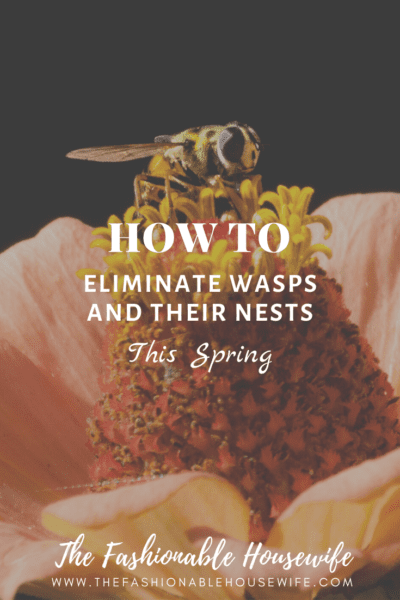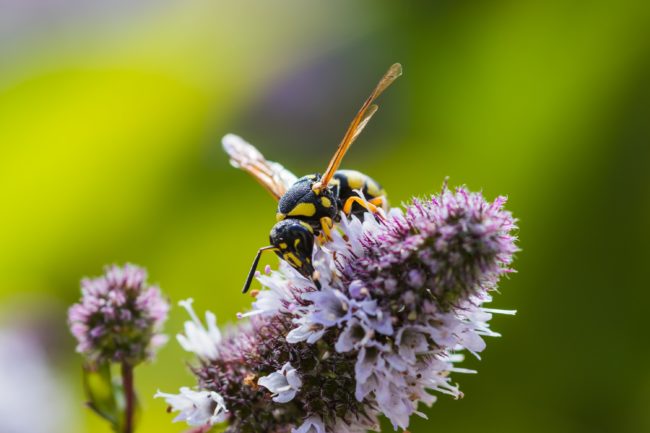
Wasps and hornets are much more dangerous than bees. This isn’t because they are more aggressive, in fact, all of these types of creatures are unlikely to attack you unless you threaten their nest.
The problem with wasps and hornets, which are actually a type of wasp, is that they can sting multiple times. A bee can only sting once, it will leave its stinger in you and then die. This makes bees more cautious and hence less aggressive.
Unfortunately, sometimes you may not realize that you have a wasp nest near you until you get to close to it and the wasps start to attack. In most cases, wasp stings are not fatal, although the stings can be very irritating. However, if you’re allergic a wasp sting can actually be life-threatening.
That’s why the sensible thing to do, when you come across a wasps nest, is to contact your local pest control experts. They will know the safest way to remove the nest and you can stay inside while they do it!
Click here to check out local pest control.

If you’re really determined to eliminate the wasps and their nest yourself then you should follow the right protocol:
Get The Gear
You need the right gear, this means being covered from head to toe, including your face and hands. Ideally, your clothes should all be tucked into each other, eliminating the chances of a wasp getting up your trouser leg.
The better your safety equipment the less likely it s you’ll get stung.
Work At Dusk
Wasps tend to be sleepier in the late evening and early morning, this is when the weather is slightly cooler. If they’re sleepier their reactions will be slower, giving you a better chance of dealing with them without getting stung.
Exit Plan
If things go wrong and the wasps start to attack you need a clear exit path to safety. That means identifying the path before you start and making sure it is clear and easy to navigate.
Don’t forget to allow for getting down your ladder safely, most nests are above head height.
Get A Bag
The safest way to remove a wasp nest is actually using a black bag. You should, at dusk or dawn, put the bag over the top of the wasp nest, covering as much of it as you can before detaching the nest from its support.
As soon as the nest s detached seal the bag. The wasps will fly upward first and you’re sealing the bag at the bottom. Providing you’ve approached slowly and quietly they will all be inside the bag and unable to get you. It’s a good idea to put an extra black bag over this one and then leave the bag hanging in the tree, the wasps will soon tire and die. You can then carefully dispose of it in your normal rubbish.
An extra pest control tip, if possible, is to spray the nest with a powerful wasp killer just before you slide the bag over it, this will make them sluggish and speed up the drying process.
Don’t hesitate to contact local pest control if you are afraid to handle things yourself.



